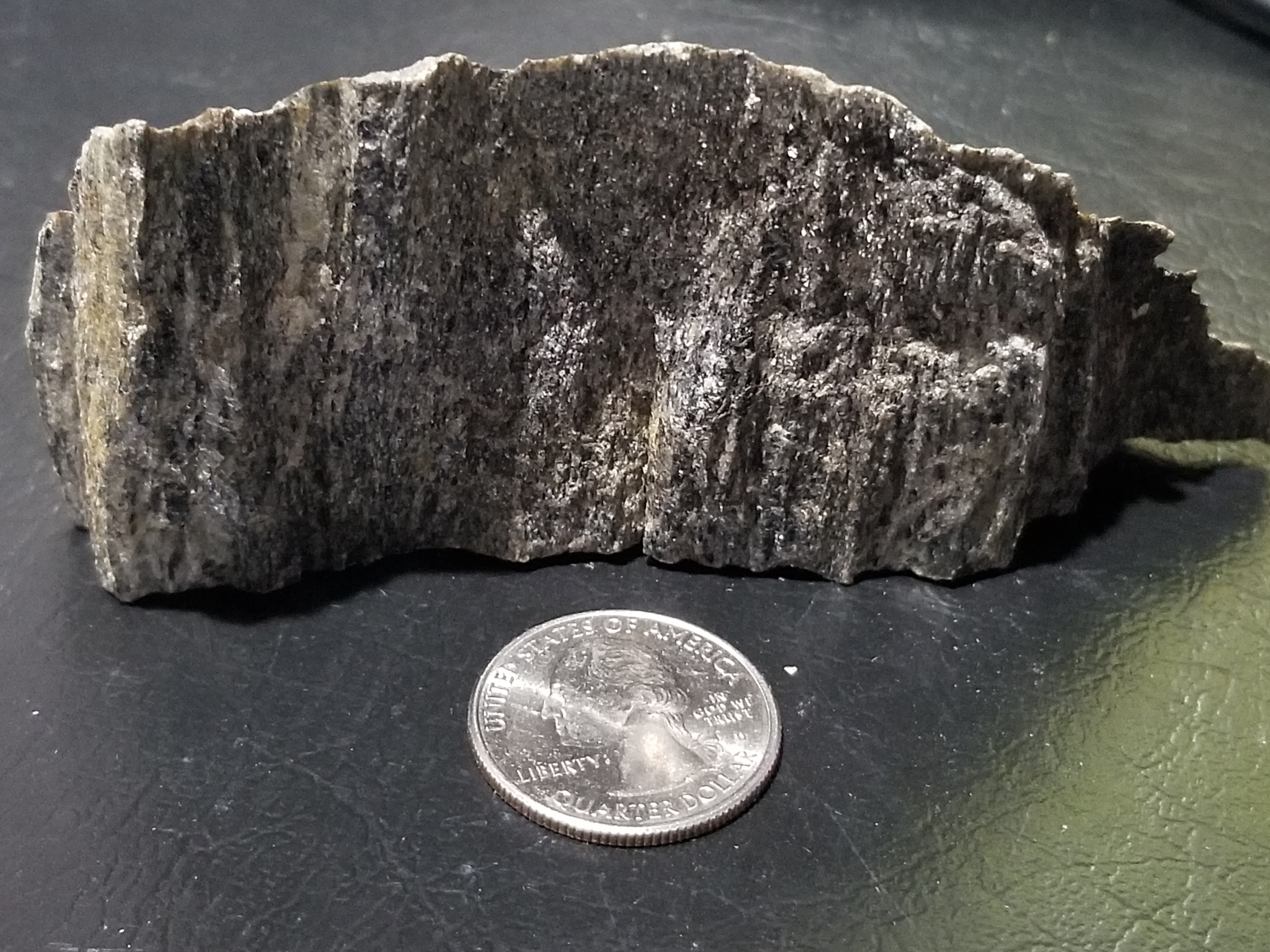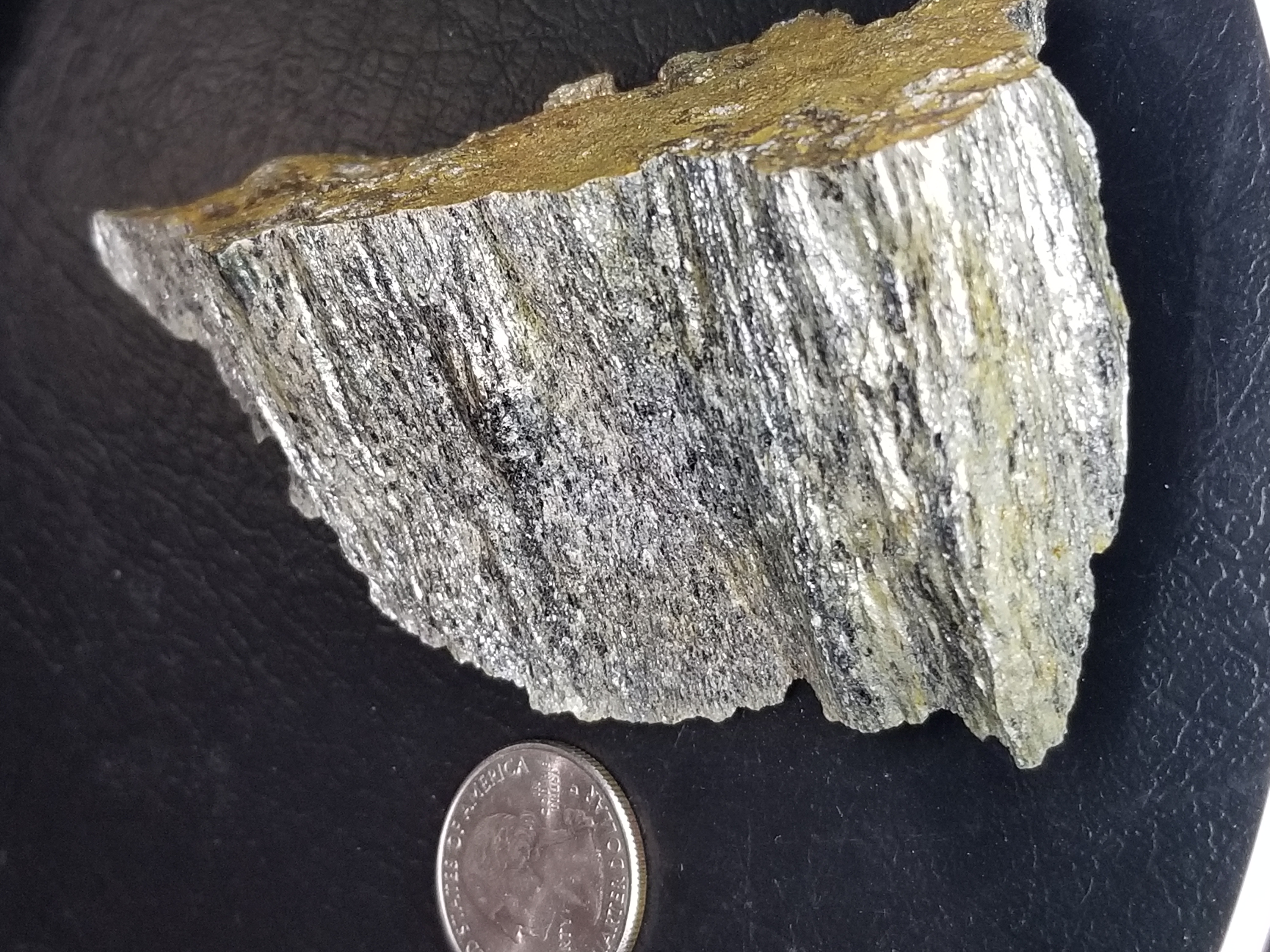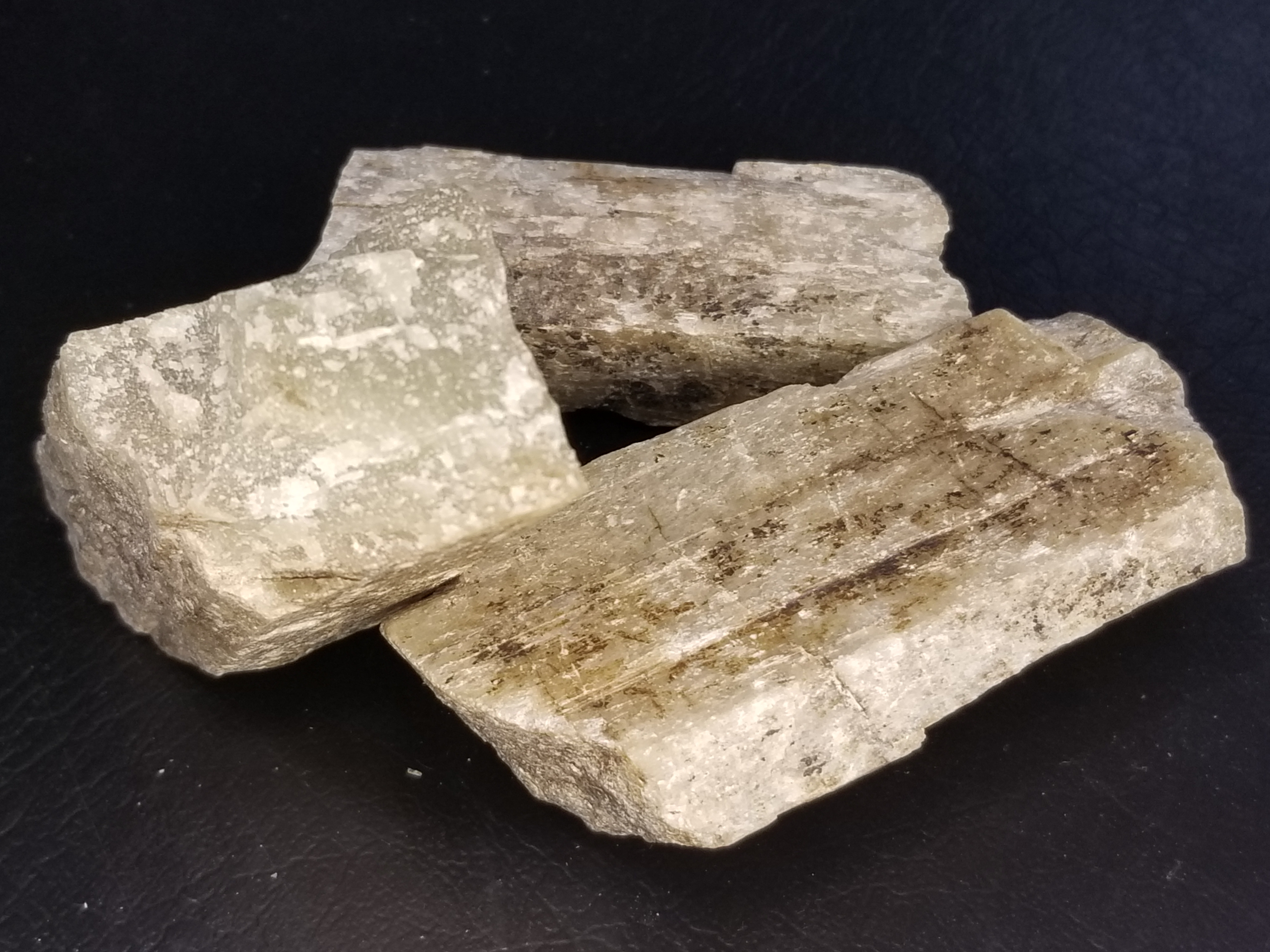
Image By Kelvinsong - Own work, CC BY-SA 3.0, https://commons.wikimedia.org/w/index.php?curid=23966175
LLSVPs are large structures that reside at the base of the rocky mantle above the outer molten core about halfway to the center and are primarily located under the Pacific Ocean, another under Africa and the Atlantic Ocean. These structures are 100x taller than Mt Everest (8.8km) and if on the surface would reach up to Low Earth Orbit (2000 km).
They are observed by seismic tomography which measures the size and direction of seismic waves, generated by earthquakes. When data is collected by many sensors in many places over time it can be used to build a model of the earth's interior which clearly shows these structures as areas are where the waves pass more slowly.
Changes in wave velocity can be a function of density so determining what the structures are made of is key. They key minerals of the lower mantle are bridgmanite, ferropericlase and davemaoite.
More recent work on davemaoite suggests that during subduction it's greater accumulation in the crust portion of the oceanic lithosphere allows the crust to fall away from the upper mantle and accumulate at the core mantle boundary. It's also speculated that thickening seen in these smaller but dropping slabs could be due to folding or an accumulation of new davemaoite just at depths where it begins to form. The key point is that davamaoite is weaker at the lower mantle and therefore deformation and disintegration are plausible to create the observed structures.
Davemaoite was artificially created in the lab and thought not to be possible at the Earth's crust until specks were found in diamonds extracted from the Orapa diamond mine in Botswana recently in 2021.
Note that davemaoite, which can be a host to uranium, thorium and radioactive isotopes, does play a role in heat transfer in the lower mantle. Therefore these structures and minerals could have a role in hot plume or volcano occurrences and development. Here are some of the proposed models of the structures. CMB stands for Core-Mantel Boundary

Davemaoite is a high-pressure calcium silicate perovskite (CaSiO3) mineral found in the lower mantle. At the crust it forms wollastonite, a calcium inosilicate mineral (CaSiO3) which can be the result of limestone under pressure and in contact with silica bearing hydrothermal fluids.





